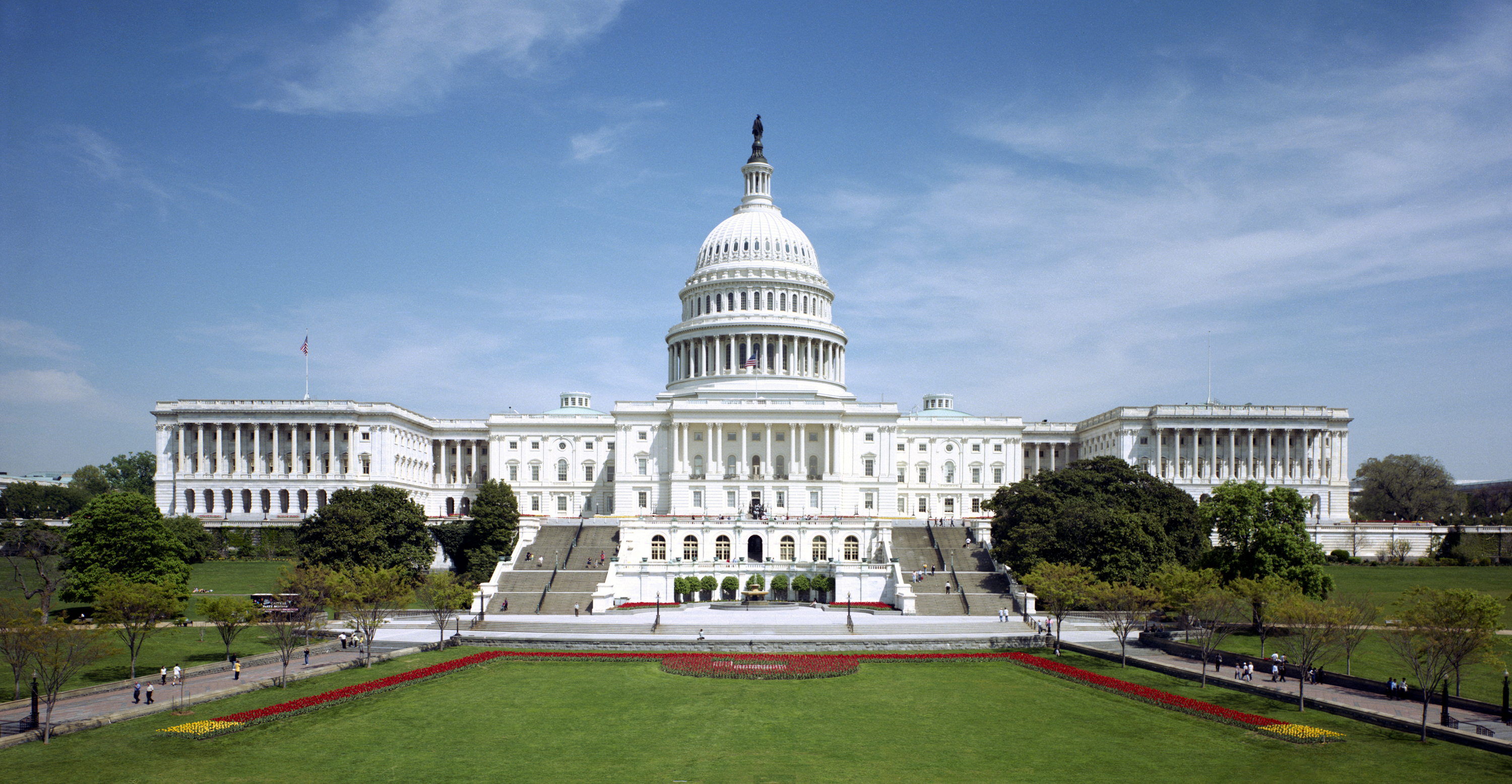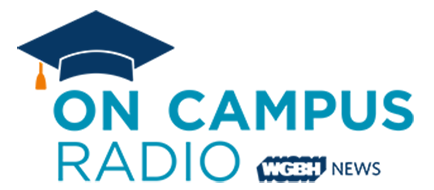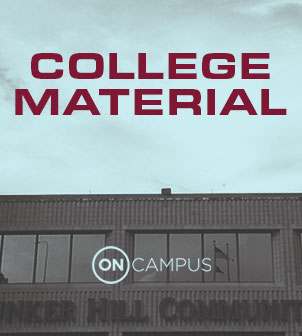
When some students borrow money from the federal government to go to school, they sometimes quality for debt forgiveness after 10, 20 or 25 years. A report published on Wednesday from the Government Accountability Office shows that the amount of student loan debt the U.S. could have to forgive is more than $100 billion dollars — much higher than originally projected
In 2014, when President Obama dramatically expanded income-driven repayment programs to offer forgiveness to any student loan debt remaining after 10 to 25 years the goal was to avoid defaults.
“We’re offering millions the opportunity to cap their monthly student loan payments to 10 percent of their income,” Obama said during his State of the Union.
At the time, the Education Department estimated these programs would total $74 billion, but the Government Accountability Office now says it could cost more than $108 billion.
“They may have significantly under- or overestimated. It’s really not clear,” said Barbara Bovbjerg, a managing director with the Government Accountability Office.
Bovbjerg said the Education Department failed to consider inflation and the growing number of student borrowers in the country.
“There’s not enough transparency,” she said. “It’s not as reliable as we would like.”
The Education Department says it’s committed to being more transparent and agrees with the report’s findings.
In a statement, U.S. Under Secretary Ted Mitchell defended repayment plans, saying they help "millions of borrowers successfully manage loan repayment, particularly those for whom standard repayment may prove challenging."
Mitchell said these plans also “keep borrowers from financial strain and reduce default, which can wreak havoc on struggling families' credit rating and ability to get back on their feet."
Jessica Thompson, a research director with the Institute for College Access and Success, helped the government develop income-driven repayment plans.
“We think [the programs are] an absolute essential safety net for students, particularly as college costs have continued to rise,” said Thompson. “Grant aid has not been able to keep pace. Incomes have gone down or stagnated.”
Thompson said students participating in income-driven repayment programs have lower default rates. She says she’s not surprised the Education Department underestimated the total cost of the program because big assumptions had to be made about people’s incomes over time. Thompson also pointed out that the government makes money on student loans every year.
Related: Is The Student Loan Crisis Rhetoric Or Reality?
The Congressional Budget Office estimates that the federal student loan program could turn a profit of $1.6 billion in 2016. But that profit hasn’t changed the minds of policymakers who think income-driven repayment programs are bad policy.
“We kind of slapped something together as best we could, and surprise, surprise — it’s showing up somewhat sloppy,” said Barmak Nassirian with the American Association of Colleges and Universities.
Nassirian said making monthly student loan payments more affordable doesn’t necessarily make college more affordable
“As long as we don’t have a handle on college costs, attempting to deal with the debt bubble is not going to be adequate,” Nassirian said.
Without a way to contain skyrocketing tuition and fees, Nassirian predicts, the government will continue to absorb additional costs.
Earlier: Former Corinthian Students Saddled With Debt Hoping For Debt Relief










